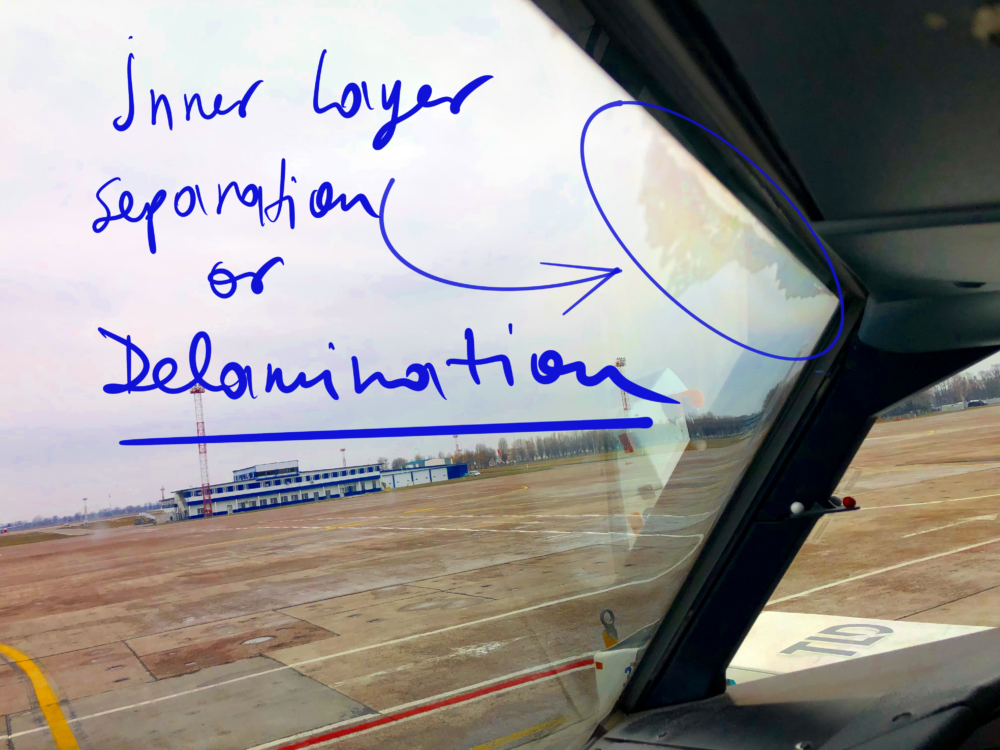Have you ever wondered why a Safety Management System is so important? Let me tell you, it’s not just about following regulations and guidelines. It’s about creating a culture of safety and well-being that everyone can benefit from. Whether you’re an employee, a customer, or a stakeholder, having a robust safety system in place can give you peace of mind and ensure that you’re protected from any potential risks. So, let’s delve into the world of safety management and discover why it’s a crucial aspect of any business or organization.
A common claim among aviation companies is that safety is their top priority. However, the truth is that every company, to remain in business, must balance multiple priorities. Alongside financial viability, companies must deliver their services efficiently and productively with adequate resources simultaneously while fulfilling aviation safety regulations and standards.
The company may face bankruptcy if demand exceeds capacity or services become too costly. But despite any challenges in business, safety must always be considered as a critical point in the aviation industry.
“So, how to keep your organization safe, productive, service-efficient, and financially viable?
To manage all these requirements, you need to implement a multiple system that combines safety management and quality management systems. But firstly, in this article, let’s dive into safety and the logic of SMS.
As aviation experts, we understand that it is mandatory to adhere to the ICAO, FAA, EASA, and other CAA safety requirements. It is important to acknowledge that regulations may not cover every possible scenario, hence the Safety Management System was developed as a formal and documented way to comply with regulations while predicting unsafe events.
- Safety Policy: Safety Management System (SMS) is a structured approach to managing safety that involves developing policies and procedures to minimize risks and ensure a safe working environment. An SMS safety policy sets out an organization’s commitment to safety by defining its goals, objectives, and responsibilities. It provides clear guidance to all employees and stakeholders on the importance of safety and their roles in achieving it. The policy should be regularly reviewed and updated to reflect changes in the organization, industry regulations, and best practices. By implementing an SMS safety policy, organizations can demonstrate their commitment to safety and ensure the well-being of their employees and customers.
- Risk Management: Managing risks is a vital part of SMS. It involves recognizing potential hazards, evaluating the related risks, and implementing measures to reduce those risks. Implementing this process ensures that safety measures are in place and proactive instead of reactive.
- Safety Assurance: SMS employs a range of mechanisms to ensure safety performance monitoring and evaluation. Safety audits, inspections, and investigations are conducted regularly to identify shortcomings and rectify them promptly. The objective of these measures is not only to correct current issues but also to prevent future incidents from occurring. In addition to safety audits and inspections, SMS utilizes safety performance indicators (SPIs) to track progress toward safety goals. SPIs are metrics that are used to measure safety performance over time. By setting targets for SPIs and tracking progress towards these targets, organizations using SMS can identify areas for improvement and take corrective actions as necessary. Employee training and competency assessments are also critical components of safety assurance within SMS. These activities ensure that all employees are adequately prepared and equipped to perform their duties safely and effectively. Regular training and assessments also help to identify areas where employees may need additional support or resources to meet safety requirements. Overall, SMS employs a comprehensive approach to safety assurance that includes a range of monitoring and evaluation mechanisms, regular training and competency assessments, and the use of safety performance indicators to track progress toward safety goals.
- Last but not least, Safety Promotion: Safety in the workplace is of utmost importance, and promoting a safety culture is a key factor in achieving this. In order to build a safe work environment, it is important to promote awareness, education, and engagement among all stakeholders. The use of effective communication, feedback mechanisms, and reporting systems is crucial in building a proactive safety culture within an organization. A proactive safety culture is defined by the norms, attitudes, and values individuals bring to an organization, which define how work is carried out. This approach emphasizes preventative measures rather than reactive ones, ensuring that everyone is aware of potential hazards and knows how to mitigate them. It is crucial to note that simply having procedures outlined in books is not enough. If people refuse to follow them because they believe it will hinder their ability to complete their job, the procedures can become meaningless to the individual. This is why it is important to involve all stakeholders in the process of creating a safety culture. By doing so, everyone has a sense of ownership and accountability, which reinforces the importance of safety and reduces the likelihood of accidents occurring.
SMS is a comprehensive approach to managing safety in an organization. It involves documented procedures, formal processes, a proactive and reactive safety mindset, and a commitment to safety at all levels. In this system, safety is not viewed as a separate function but rather as an integral part of the entire operation.
The documented procedures in SMS provide a clear understanding of how safety is managed in the organization. These procedures cover a range of activities, from hazard identification and risk assessment to incident reporting and investigation. The formal processes ensure that these procedures are followed consistently and are continuously improved.
Having a proactive and reactive safety mindset means that the organization takes steps to prevent accidents before they occur and is prepared to respond effectively if they do. This involves being aware of potential hazards and taking steps to mitigate them, as well as having plans and procedures in place to respond to incidents when they occur.
Finally, commitment is essential to the success of SMS. All levels of the organization need to be committed to safety, from top management to frontline workers. This commitment means that safety is given priority and is integrated into all aspects of the organization’s operations.
Talking about SMS in practice, let’s have a look at an actual case where a combination of technical problems and human factors led to an accident.
Remember Air France Flight 447 that crashed while flying from Brazil to France in the Atlantic? It seemed that the equipment had failed during that flight, but the fact that the crew also could not understand what was happening. It was a complicated situation: night, they were over the ocean, without landmarks, in a state of stress. All these factors had a negative influence on the crew.
Let’s look deep into this situation to understand why it’s happened. Nowadays, the level of automation in aircraft has already contributed to the fact that pilots’ flying abilities are deteriorating. Immediately after take-off, the aircraft is switched to autopilot mode, climbs, flies at cruising level, and descends until the final approach – all under the guidance of the autopilot. So pilots become operators, and this is a significant problem. In stressful situations, pilots who are not adequately trained may struggle to make quick and correct decisions. This can lead to accidents that are difficult to avoid, especially when faced with technical failures and uncertainty about how to react.
The airline’s SMS had to have been used in a way that it could identify potential hazards related to the crew’s actions, lack of training, and procedures and prevent the accident. The SMS would have also ensured that the crew received proper training to reduce the risk of human factors.
SMS is a set of processes and procedures that help aviation organizations to manage safety risks. It includes policies, practices, and tools that promote safety culture, risk mitigation, and continuous improvement. SMS is a critical component of aviation safety management and is designed to identify, assess, and manage safety risks associated with aviation operations. By implementing an effective SMS, aviation organizations can ensure the safety of their employees, passengers, and stakeholders. In conclusion, SMS plays a crucial role in maintaining aviation safety and is an essential tool for managing safety risks in the aviation industry.
Implementing SMS software is essential for any business to comply with safety regulations and maintain a safe work environment. Our SMS software solution is tailored to your specific requirements, ensuring that you have a comprehensive system in place to manage safety risks. We work with you to understand your business processes and develop a solution that fits seamlessly into your operations. With our customized SMS software, you can streamline safety-related tasks, track incidents, and take proactive measures to mitigate potential risks.
Subscribe:
Attention aviation enthusiasts! Soar to new heights with our blog, where we share the latest updates, insights, and stories from the fascinating world of aviation. By subscribing to our notifications, you’ll never miss a post—whether it’s breaking news, detailed analyses of cutting-edge aircraft, or captivating tales from the skies. Join our community of passionate aviators and stay informed, inspired, and engaged with the ever-evolving wonders of flight. Subscribe now and keep your love for aviation flying high!



